Just imagine a store you get into where every other display appears to be telling you something, drawing your attention to it, and making you part of that little magic. This is the power of a well-designed storefront display. It's not just about displaying the products; it's about giving that experience to your customers that hits their soul, and they don't want to leave your store.
In this guide, we are going to take a deep dive into the art and science of store displays—to show you how to display items for sales. We'll break down the key elements that make displays effective and share actionable insights to help you transform your retail space into a magnet for shoppers.
What Makes a Great Retail Display?
If you want to make your store stand out, the design of the display in store plays a huge difference. What exactly is it that makes a retail display truly effective?
It isn't just about how things look; this is all about creating an engaging visual experience to gain attention, convey your brand's message, and drive sales.
Types of Retail Displays
Displays serve different purposes to enhance store layouts and increase sales. Freestanding, wall-mounted, counter, and end-cap displays each strategically showcase products, optimizing space and drawing customer attention.
Freestanding Displays
Freestanding displays are versatile fixtures that can be placed anywhere in the store. It comes in very handy in giving attention to new products or seasonal promotions and special offers.
Target uses freestanding displays to feature seasonal items like summer gear or holiday decorations. These are conveniently placed in major aisles so they catch the customer's eye and hopefully boost product sales.
Wall-Mounted Displays
Wall-mounted displays are space-saving solutions that optimize vertical space. They are ideal for showcasing smaller items or when space is limited. You can use retail display hooks, shelves, or brackets to display products directly on your store's walls.
Counter Displays
The counter displays are usually placed near the checkout counter as a means to make people purchase high-margin or promotional items impulsively.
Convenience stores very often use counter displays for gum, candies, or travel-sized products. This placement capitalizes on the moment of the purchase decision.
End Caps
End caps refer to the promotional displays found at the end of the aisles and, thus, are a pretty visible display method for showcasing featured items or special offers.
Many grocery stores use end caps to highlight sales of popular products or seasonal items, such as holiday-themed snacks and beverages.
Choosing the Right Display Racks
First, choose materials that work well with your store design but are durable.
For example, a high-class clothing store would like to use wooden racks since this will create an even classier atmosphere inside their store, while warehouses would consider metal retail display racks because of their strong structure.
Other important factors include adjustability. An easily operable adjustment mechanism makes it easier to change the configuration of displays, which is useful for a store that may change its inventory every now and then. For example, fashion retailers will showcase different collections throughout the year on an adjustabledisplay rack.
When choosing a hat display rack retail, capacity is key. Ensure the racks are properly sized to fit the number and types of hats you’re displaying. Well-sized racks keep products organized and easily accessible, enhancing the overall shopping experience.
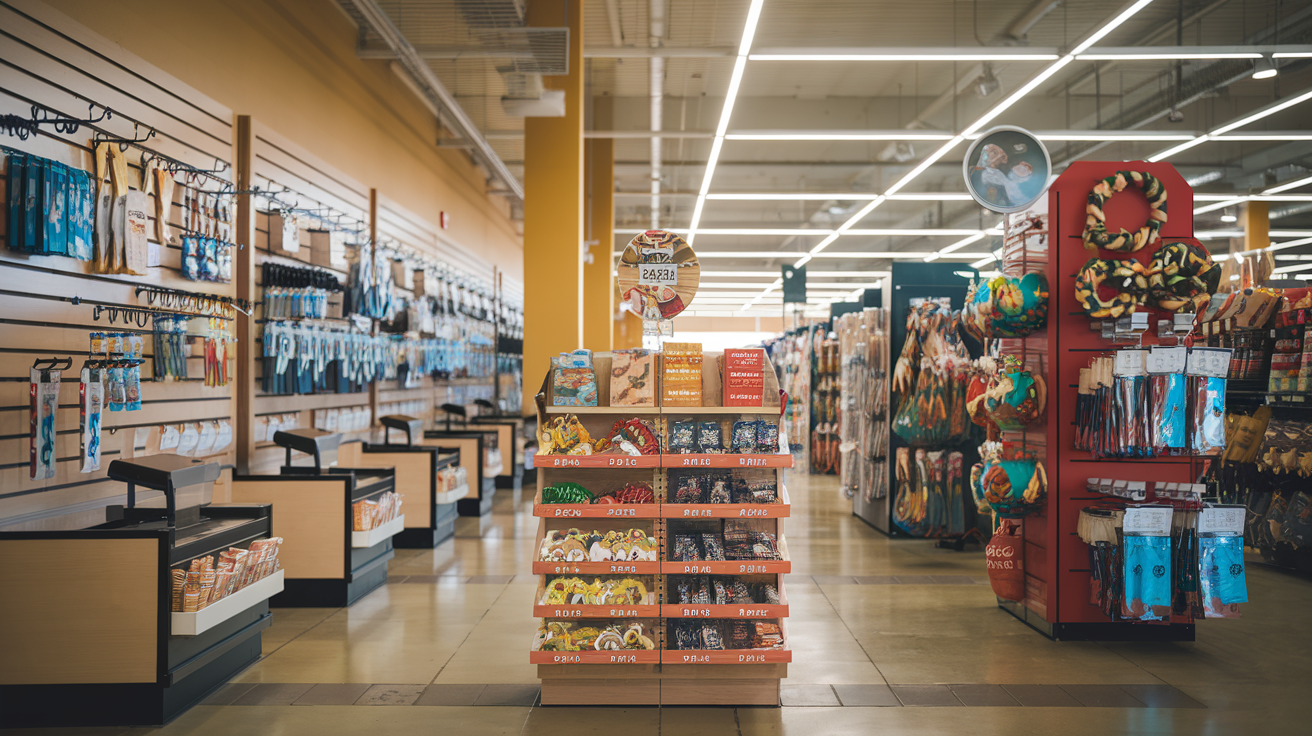

Top 6 Ideas for Retail Store Displays
Here are six creative and actionable retail display ideas to transform your retail space:
1. Seasonal and Thematic Displays
These displays are an excellent way to capture customers' attention by aligning with their current thoughts or addressing a specific need.
By seasonal and holiday displays or special events, for example, Christmas and summer sales, you will create a sense of urgency and relevance.
These could be thematic, with a "Back to School" display including stationery, backpacks, and lunch boxes, or an "Eco-Friendly Products" theme that showcases sustainable products that don’t harm the environment.
2. Interactive Display
Interactive retail display products are done in such a manner that they involve the customer in a more intense way by letting them interact with the products. Integration of technology like digital screens or augmented reality will offer immersive experiences that could show product features and benefits dynamically. Besides, activity stations, where customers can try to make something themselves or try out a product, will create experiences to drive sales and customer loyalty.
3. Product Grouping and Cross-Selling
One of the most powerful retail tactics is an intelligently displayed set of products aimed at invoking additional sales. By grouping similar items together, you can suggest complementary purchases to customers. For instance, the combination of clothes or accessories can persuade consumers to spend more than they actually intended. Do retailers have to display prices? Yes, prices can be displayed near items that are commonly purchased together, where accessories complement the main products. You can also highlight discounts for items bought in pairs or sets, encouraging customers to buy more.
4. Window Displays
Window displays are the first impression of your store, and building alluring window displays means a huge increase in the number of people who come to visit.
Striking visuals, innovative retail display merchandiser, or creative setups should strike the eyes of passersby to enter a store. Whatever theme is used, it is important that the window display communicates a message or promotion to attract customers.
5. Minimalist and Modern Displays
Minimalist and modern window displays use clean, uncluttered designs that beautifully showcase products. This style emphasizes simplicity and elegance, ensuring the product stands out without overwhelming the customer. Leaving space between items enhances their visibility and prevents a cramped look—an approach often found in luxurious stores to display high-end display jewelry store or accessories.
6. Storytelling Displays
Storytelling displays tell a story in addition to showing customers the products. It could also be used to tell a story about the brand or its products, such as where they originate from or how they are made. This would make the act of shopping much more interactive and relevant. Ensuring that theming is cohesive with the store's overall branding reinforces that story.
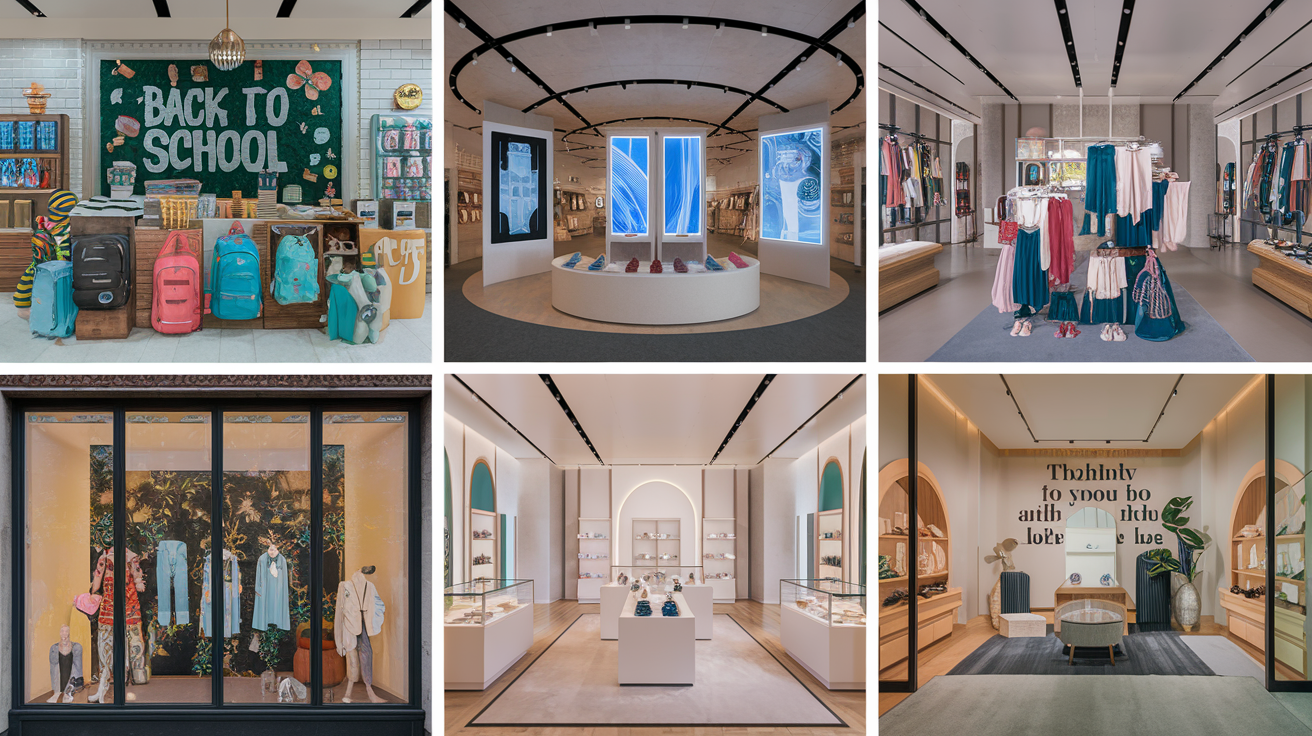

Best Practices for Setting Up Retail Displays
To maximize product display in retail stores, first consider strategic placement. Place the displays in areas of high foot traffic: near entranceways, at the ends of the aisles, and around checkout counters—places where customers are sure to see them and with which they are most likely to engage. For instance, a seasonal promotion can be placed at the entrance of a store to capture customers' attention right from the moment they enter the store.
Regular maintenance is key. This will include cleaning displays, straightening merchandise, and restocking retail display hanging with new items or seasonal items. Well-cared-for displays are not only appealing but products will also always be shown at their best. For example, keeping end-cap displays stocked and tidy could yield more interest from browsers.
Improvements to the displays should be guided by customer feedback. You'll know what works by observing customer reactions and responses—then use that feedback to change your setup to accommodate to customer needs.
Also, make sure that your displays mirror the branding of your store for a more complete experience. Consistent color schemes, logos, and themes reinforce your brand and enhance the shopping experience. A store that deals in items related to eco-friendly products, for example, should use natural materials and green colors on its displays.

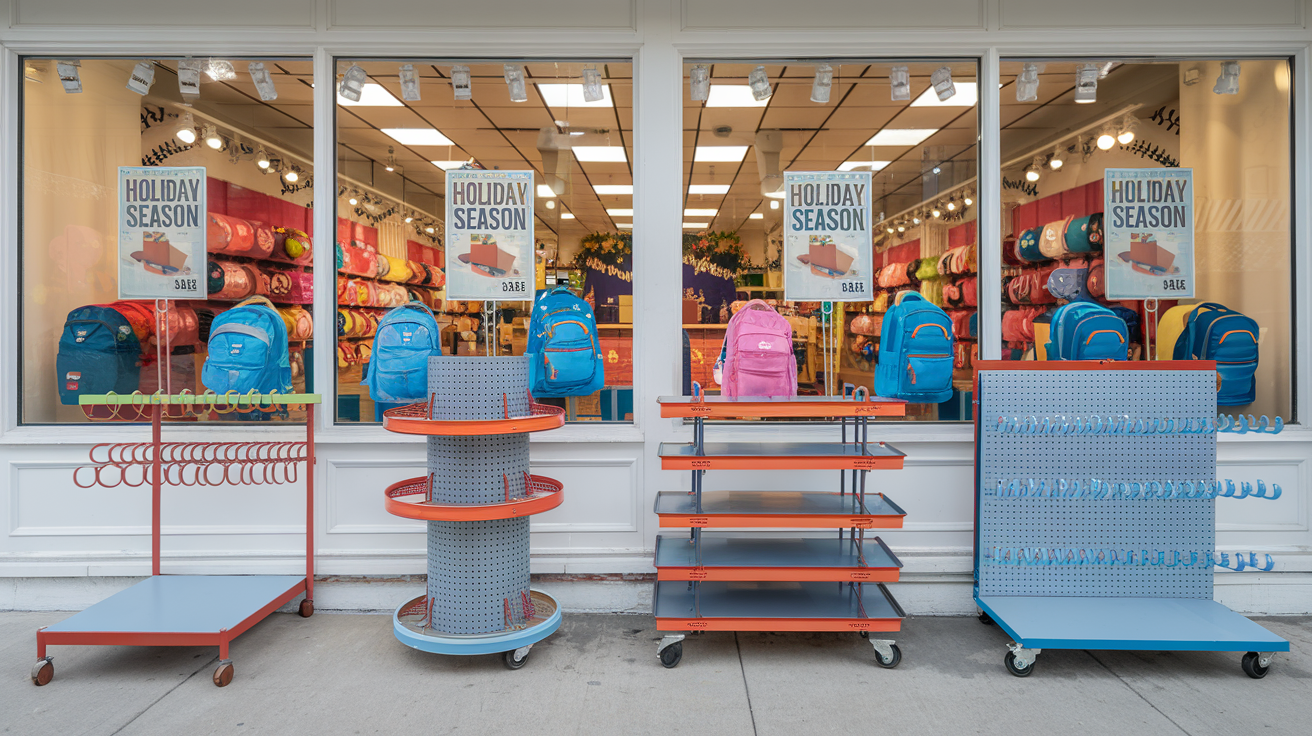
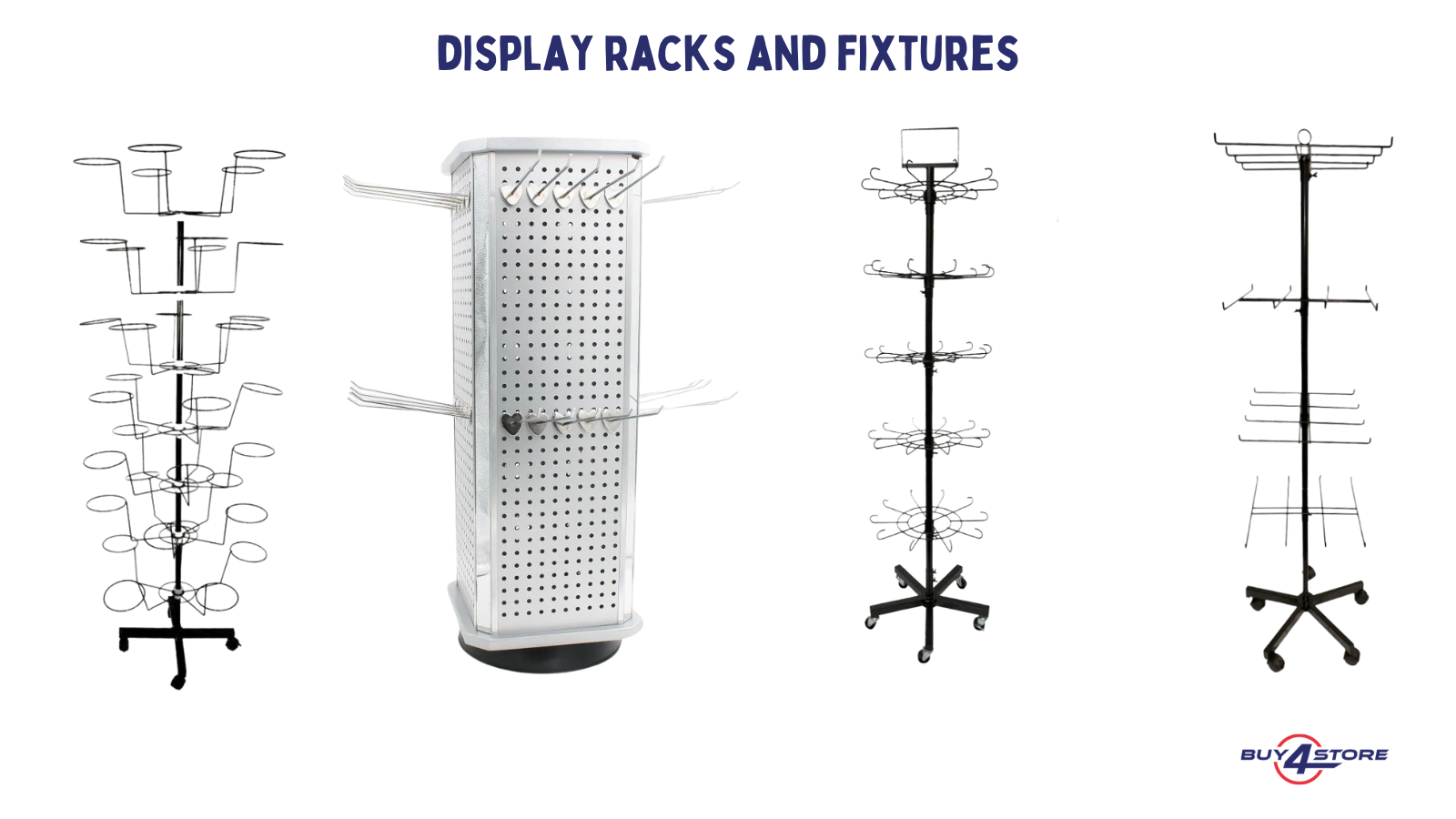
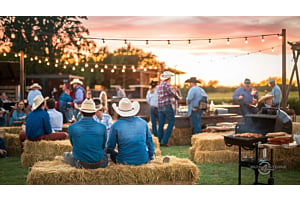

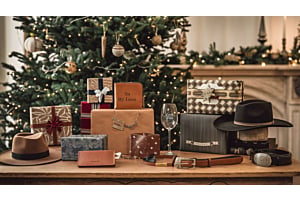


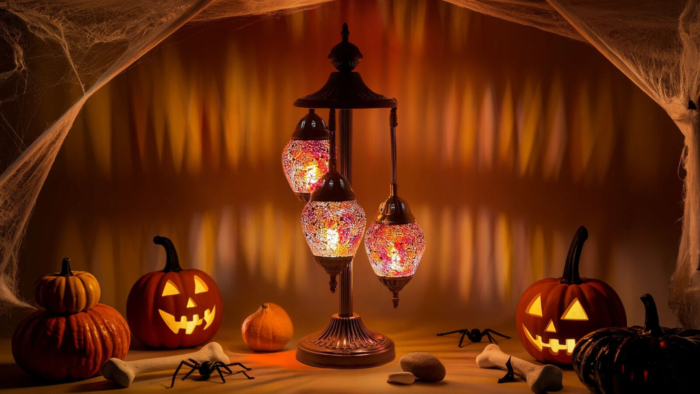
0 Comment(s)